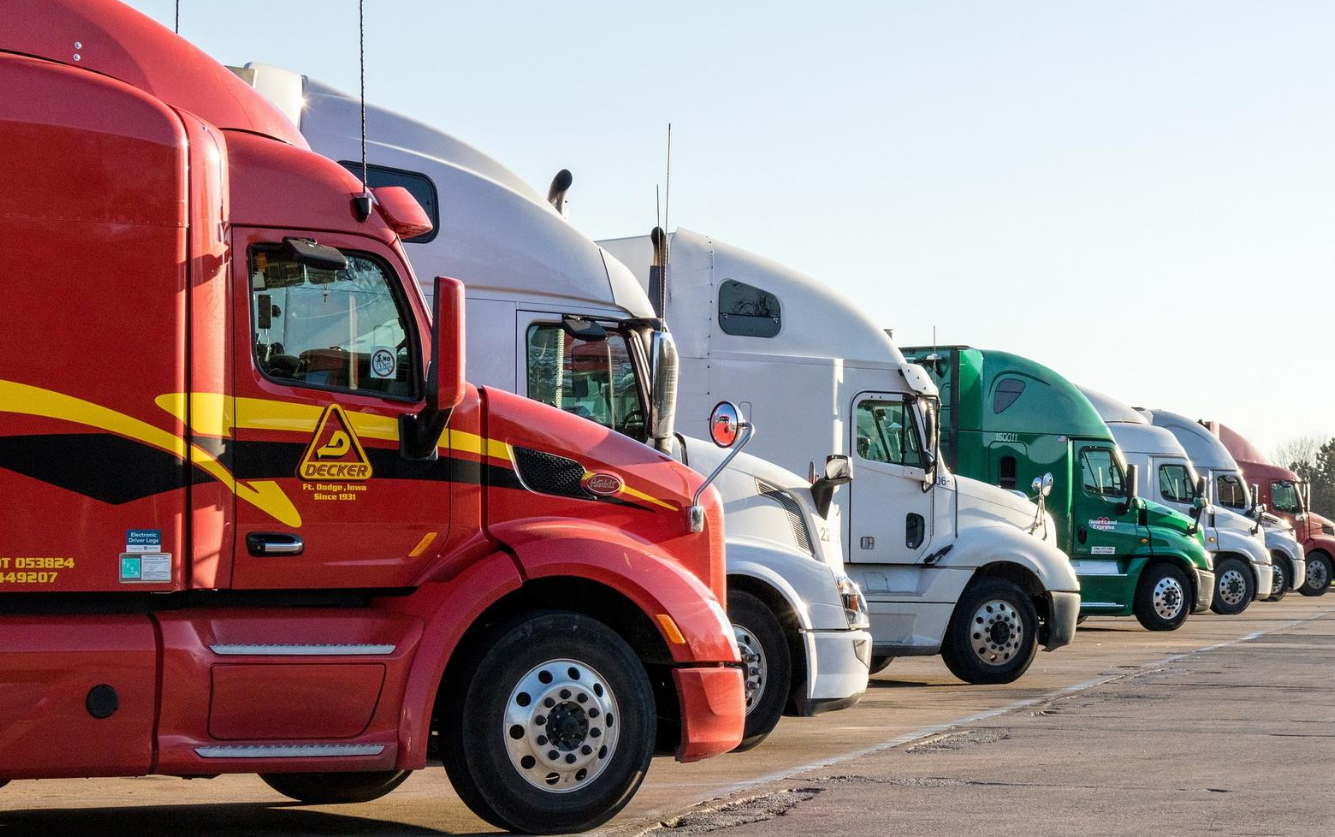The Importance of Proofs of Delivery and Bills of Lading
You take great strides to secure your mechanic’s lien rights, then, when you go to enforce the lien, the validity of the lien is questioned. What?! I did everything right! Except you failed to obtain and/or save copies of bills of lading and proofs of delivery. I recently read an article where the author described a bill of lading as “one of the most important documents in the shipping industry.” Distributors and suppliers should also realize its importance.
What Is the Difference Between a Bill of Lading and Proof of Delivery?
First, both documents are of equal importance. A Bill of Lading is a written receipt from a carrier for the transportation of materials, whereas the proof of delivery is a receipt signed by the party receiving the materials.
Why Are They So Important?
Bills of lading and proofs of delivery can be critical in supporting your mechanic’s lien claim. If you can’t support your claim through proof that your materials made it to your customer and to the jobsite, a judge could invalidate your claim or your debtor could use the lack of proof as leverage in settlement negotiations.
It’s Just a Piece of Paper, Right? Wrong!
It is critical that material suppliers properly draft, execute & countersign Proofs of Delivery and/or Bills of Lading for every shipment or delivery to support potential claims.
Every Bill of Lading or Proof of delivery should include:
- your company’s information,
- your customer’s information,
- the contents of the order/delivery,
- the project/jobsite location information and
- the proper dates & signatures (signed and countersigned).
And don’t forget to include acknowledgement language: “I acknowledge and swear that these materials are to be used at (project name) located at (project address).”
When Should I Use a Bill of Lading vs. Proof of Delivery?
Here are some examples of when a proof of delivery or bill of lading should be used. If your customer:
- has your materials shipped to their own place of business, ensure a proof of delivery is signed by your customer.,
- has your materials shipped directly to the jobsite/project location, ensure a proof of delivery is signed by someone at the jobsite or
- picks up the materials (or sends a carrier to pick it up) from your location, ensure a bill of lading is signed.
Once you can prove that your materials were either delivered to the jobsite or released to your customer for a specific project, it can generally be assumed that your materials were incorporated into the project. Based on that assumption, your customer (or any other disputing party) is now saddled with the burden of proof…they must prove that your materials weren’t incorporated into a project and a judge is more likely to rule for a settlement in your favor.
Best Practice
Execute a Bill of Lading or Proof of Delivery for every shipment–even for seemingly minor change orders.


